Physiotherapy for Foot Pain
The foot, like the hand and wrist is another complicated area of the body that contains many bones, ligaments, muscle and nerves. Because of its complexity, foot problems can sometimes be difficult to diagnose, so thorough assessment by an experienced physiotherapist is essential. The foot can be divided into 3 sections: the rear/hind foot (or heel), mid-foot and forefoot, with each region experiencing different problems.
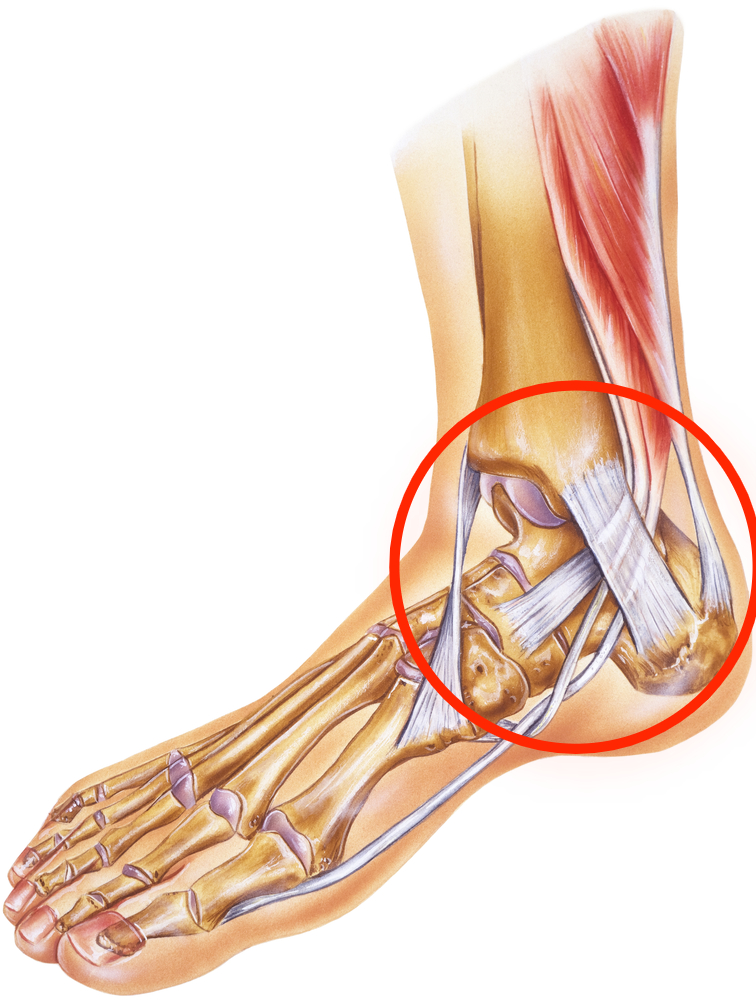
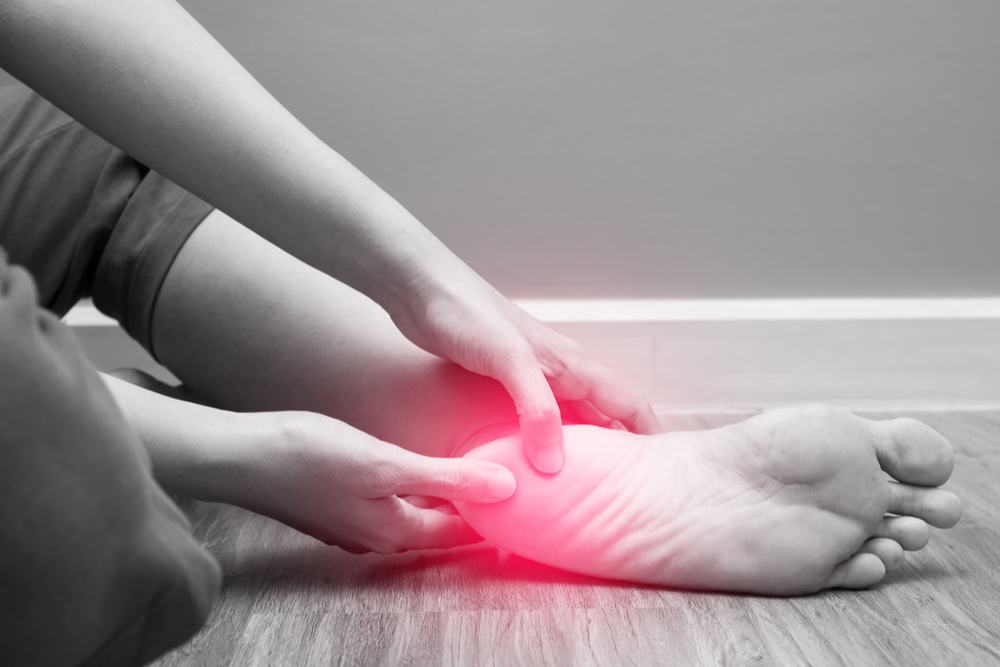
Heel (or Hindfoot) injuries including Plantar Fasciitis
The most common heel problem that people experience is plantar fascia pain or plantar fasciitis. It can cause pain anywhere in the arch of the foot but most commonly causes sharp pain under the heel. It is an overuse injury that occurs when the load placed on the area exceeds its strength. How the foot moves (biomechanics) plays a significant role in this condition and people with flat feet (pes planus) or high arches (pes cavus) are at higher risk of a problem. Weakness and tightness in the surrounding muscles can also be contributing factors.
Management of this condition is based on addressing contributing factors that are specific to each person: footwear, activity, flexibility, biomechanics and strength. It is best to avoid any activities that aggravate the pain while performing strengthening and stretching exercises. These help settle the symptoms and prevent them from returning. Taping or strapping the foot is also very effective and sometimes you may be advised to wear foot orthotics to help support the arch while it recovers.
The rearfoot can also be susceptible to stress fractures in those who do large amounts of running. Physiotherapists have specific tests to assess for stress fractures and can guide you through the appropriate treatment depending on the affected bone.
Midfoot Injuries
The midfoot generally experiences stress fractures and tendon problems more frequently than the other areas of the foot. Stress fractures of the Navicular (one of the key bones in the arch of your midfoot) are quite common in active individuals who regularly run or jump. Pain typically develops slowly over several weeks along with tenderness on the top of the foot. Proper management of stress fractures depends on the affected bone but can include immobilisation in a boot or in some severe cases, surgery.
Tendon problems in the midfoot include extensor tendinopathies (pain on the top of the mid-foot) and tibialis posterior tendinopathies (pain running down the inside of the ankle and into the middle of the foot arch). Both of these tendon injuries are most common in runners and can lead to problematic, long-term recoveries if not managed properly. Tendinopathies are managed by strapping, footwear modification and changing training load slightly to give the injured tendon time to recover. A progressive strengthening program is then recommended.
Another common midfoot injury resulting from an acute, traumatic sports injury is a Lisfranc tear or Lisfranc fracture. The tear is a rupture of one or more ligaments that hold mid-foot bones together while the fracture involves a break to one or more bones in the area. These are commonly mistaken for simple ankle sprains but require very different management, including immobilisation and in some cases surgery.
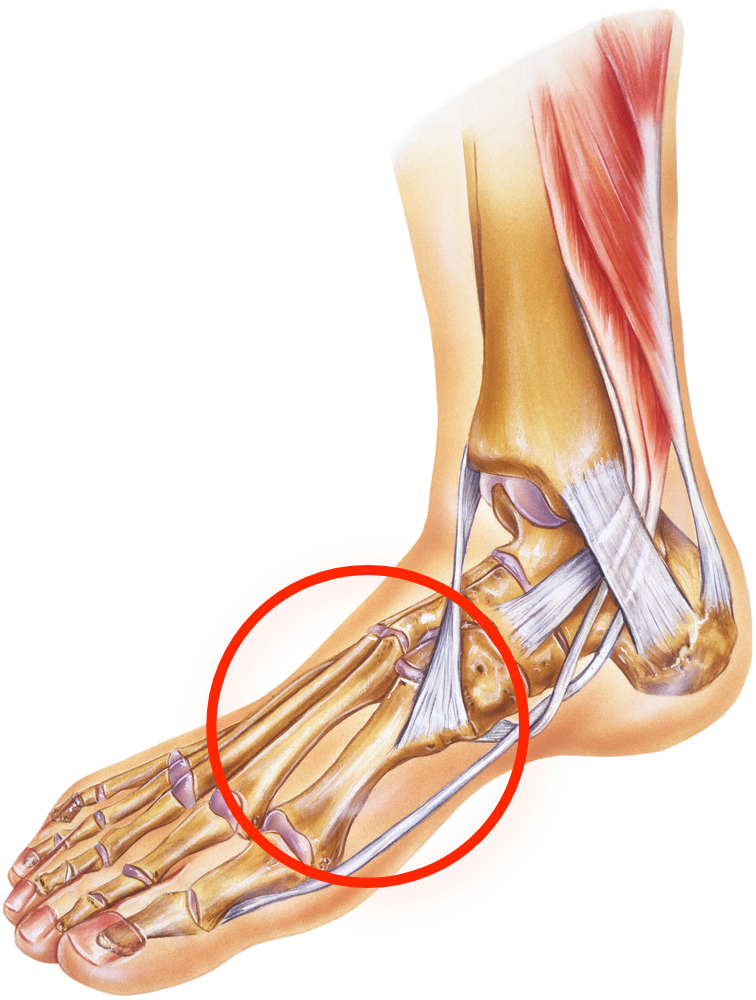

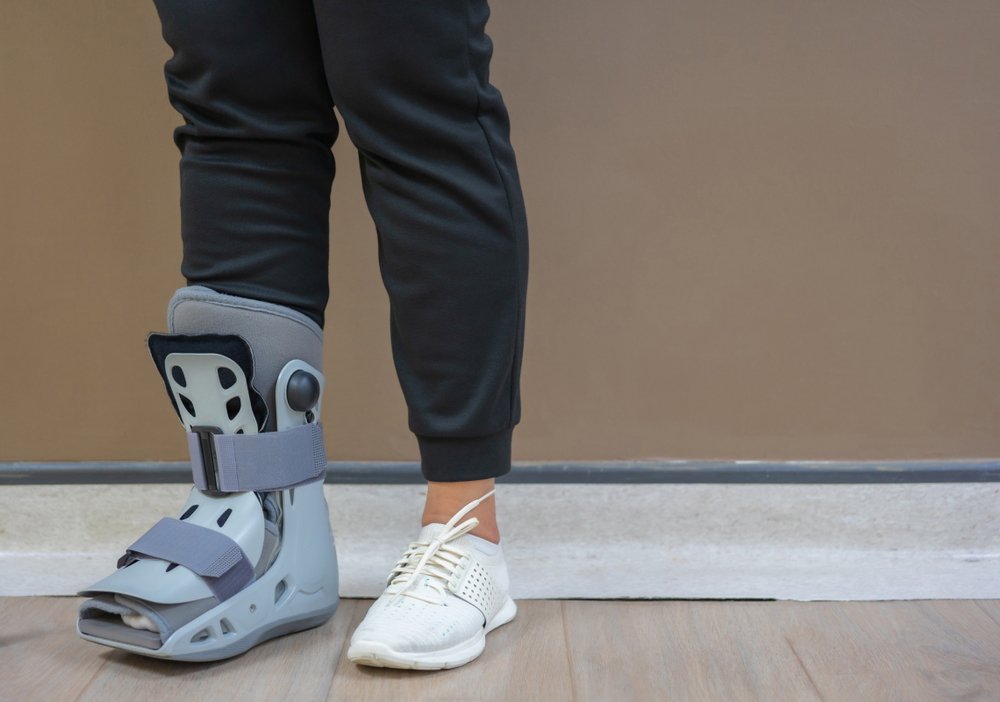
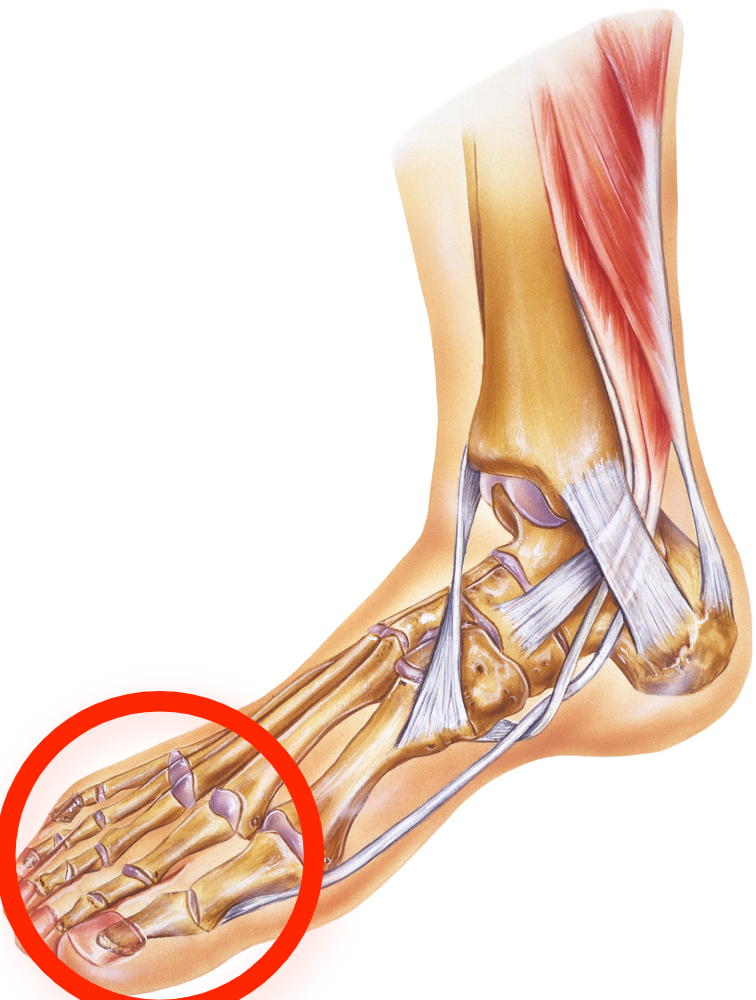

Forefoot (Toe Region) Injuries
The forefoot contains many small bones, ligaments, muscles, tendons and nerves. A sprain or fracture can result from kicking solid objects or landing awkwardly onto the front of the foot. These need urgent assessment by a qualified professional because pain can occasionally be caused by a fracture. Pain that develops over time (overuse injury) can be due to stress fractures, nerve compressions (neuroma), or foot deformities such as hammer toe, hallux valgus (bunions), plantar plate tears and severe callusing. These overuse injuries are often associated with poor biomechanics of the foot and ankle.
A physiotherapist can determine and treat the underlying problem. Treatments can include advice on changing your activities or footwear, prescription of foot orthotics to correct biomechanical problems, taping to help with pain relief and strengthening to better support the structures in the area. If these issues are very severe and are beyond the help of a physiotherapist, we are always able to assist with onward referral to experienced and reputable medical specialists in the area for an opinion.
Our physiotherapists are experienced in the assessment and treatment of foot conditions. To schedule an appointment with one of our physiotherapist, visit our make a booking page, or if you would like to ask us a question, visit our contact us page.
Get Active!
For more, visit our Frequently Asked Questions page.
If you would like to ask a question about our services or anything else, visit our Contact Us page to get in touch.
If you are ready to make an appointment, visit our make a booking page and let us help you with your fitness or recovery.

